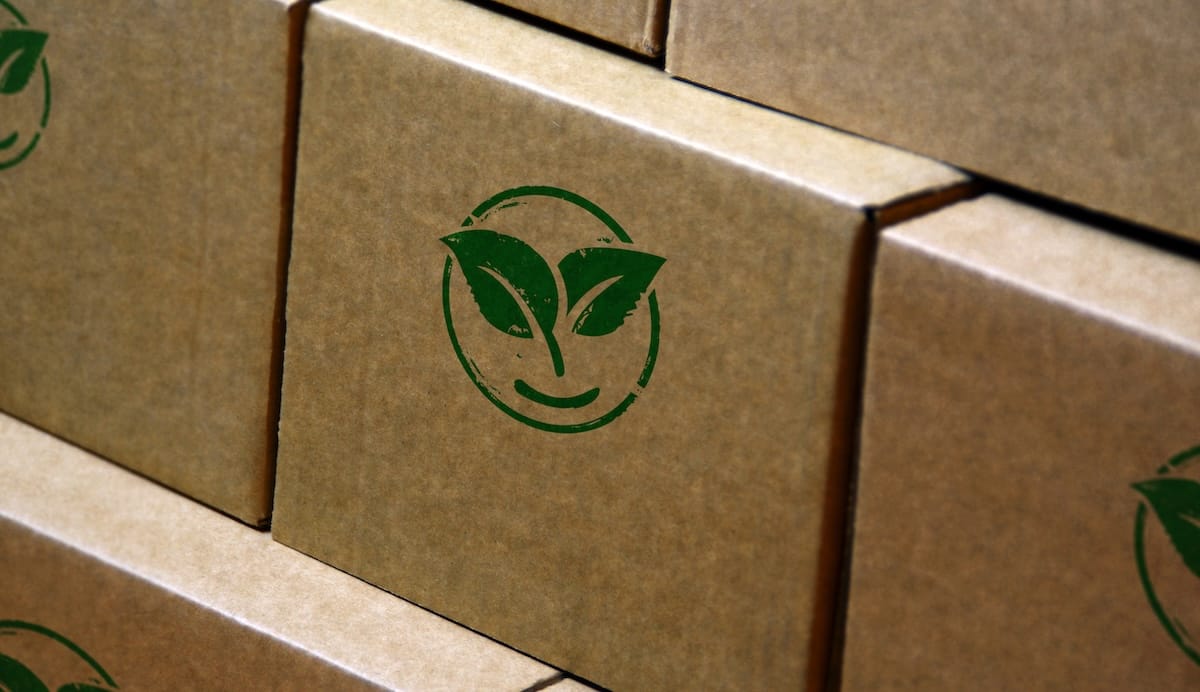Are you being mislead by sustainability promises?
The people have spoken: green is in. In a recent survey by YouGov, it was found that 82% of UK consumers believe that businesses have a responsibility to protect the environment, and 75% are willing to pay more for sustainable products. They’re compelling figures, and ones that could urge many businesses to take steps to improve the sustainability of their products – but, equally, could encourage others to jump on the bandwagon without doing the work to truly improve their impact on the environment.
‘Greenwashing’ refers to when a business gives the false impression that its products or business practices are ‘green’, in order to cash in on environmentally conscious shoppers. And it’s a real problem. In an anonymous survey of almost 1,500 CEOs and C-Suite leaders, conducted by the Harris Poll for Google Cloud, more than half (58%) admitted their companies were guilty of greenwashing. At the same time, another poll from KPMG found that 54% of consumers say that they would stop buying from a company if they were found to be misleading in their sustainability claims.
So, how can you learn to read between the lines when it comes to sustainability promises? We’ve got some vital tips.
Watch out for vague language
Sometimes called ‘green labelling’, vague language such as ‘green’, ‘eco-friendly’, or ‘sustainable’, without details of what precisely it is that makes that product or practice so, could be a red flag. There is no legal regulation around using this kind of language, and businesses are not required to demonstrate how their product lines up with this claim in order to use it in product descriptions. So, if you see this kind of thing being thrown around, but struggle to find actual details of the work behind it, it could be a sign that the claim is surface deep.
Be aware of the imagery used with a product
One spot where greenwashing often crops up is on packaging. They might use some of the ‘green labelling’ words, but it can also be seen in the design choices. Think shades of green and neutral colours – plus, ‘rustic’ looking packaging, or images of grass, leaves, or general greenery. This look is designed to convey the impression of sustainability and environmentally-friendly practices, and it’s a lot faster and simpler to change up the colour pallet than it is to enforce long-term strategies to make a real-world impact. So, it’s one to watch out for, as the packaging isn’t always reflective of what’s inside. Sometimes it doesn’t deliver what’s implied on the tin.

Learn to spot ‘greencrowding’
Another common greenwashing tactic, ‘greencrowding’ refers to when companies link up with other organisations – that do make real efforts to reach environmental goals – while actually doing very little themselves, or making very slow progress. This is usually done in a ‘crowd’, with the company joining many others in the ‘movement’. Because there are then so many operating under the same collaboration, it’s easier to hide the actual impact that the individual companies are having.
Be wary of where companies put the blame
You’ve probably seen examples of companies shifting their environmental responsibilities on to the consumer in an act that’s referred to as ‘greenshifting’. For example, think about energy companies that encourage their customers to be aware of their personal carbon footprint – despite being huge contributors themselves. Other times, companies might blame ‘demand’ for irresponsible or unethical practices – shifting the blame onto consumers, in order to protect the illusion of their environmental values.
Do recycling claims really stack up?
Have you read that certain packaging is ‘recyclable’ but, when it actually comes down to it, it’s not made of a material that is widely recycled – or only certain components are able to be processed? It’s a fairly common problem, as a recycling label is a great marketing tool. If buying products that come in fully recyclable packaging is important to you, do some research on what different symbols mean (recyclenow.com is a good resource for this), and also check your local council website for guidance around what materials are accepted in your recycling bin.

Spot partial truths
Say you’re looking for a new water bottle: the packaging rages about the fact it’s made of fully recycled materials but, on closer inspection, you realise that refers to the box it came in, not the water bottle itself. That’s an example of a misdirection or partial truth. Another way this happens is when a company highlights one aspect of its process which is sustainable – such as clothing made of biodegradable materials – and not another, such as the impact of international shipping due to importation.
It can take some digging to get to the bottom of things, meaning that seeing the bigger picture can be tricky. Some companies publish sustainability reports which are available to the public, and can be a great resource for assessing whether your values align. But, when the truth isn’t so apparent, use these six warning signs to assess if what you’re being sold really stacks up.


Comments